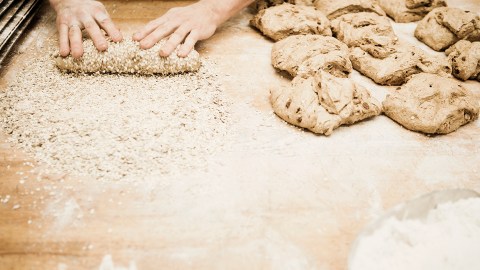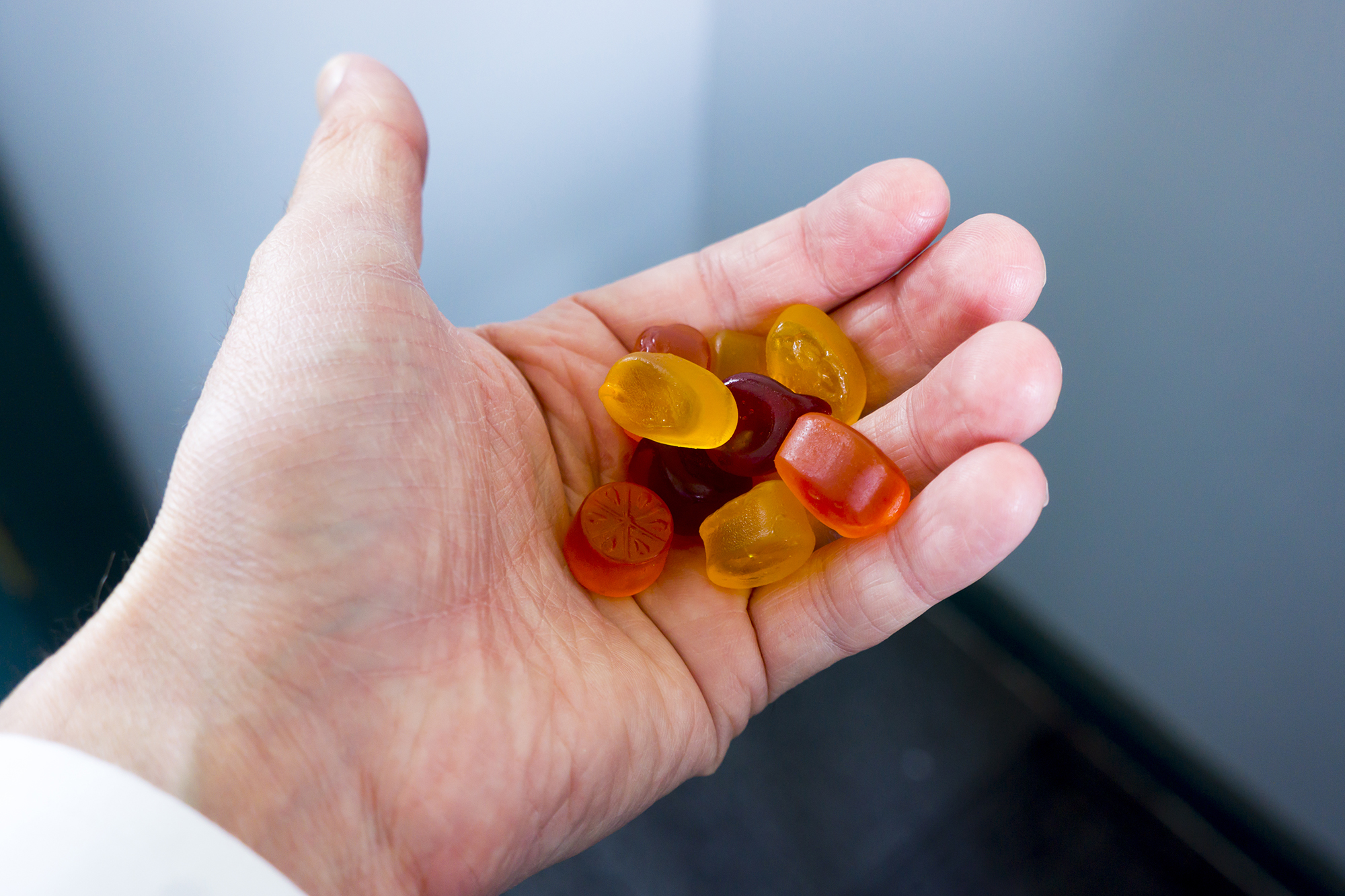The Real Problem With Gluten: Time

Nutrition is confusing, especially in the digital age. About the only thing everyone agrees on are the dangers of sugar, but how sugar gets into our bodies, the relevancy of glucose versus fructose, and even what constitutes danger is debatable.
One longstanding trend implicates gluten as the devil. Admittedly, as someone who follows a predominantly Paleo diet, I rarely touch bread and feel better for it. Anecdote is not evidence, however; life without pizza would seem a sad one indeed. In general the anti-gluten craze seems a bit misguided, even if well intentioned.
We know that humans don’t always do what’s best for their bodies. Given bread’s ubiquity throughout cultures and across time, the fear of celiac disease is mostly unwarranted. The type of wheat grown in America is often treated as the problem, but what if it’s something else entirely? Michael Pollan thinks that’s the case.
I appreciate Pollan’s love of a good loaf. He spends nearly a hundred pages in Cooked (also an excellent Netflix series) extolling the virtues of one of humanity’s first manufactured foods. The process of bread making, from stalk to flour to doughy goodness, offers insights into cooking, eating, and digestion. More importantly, baking bread is a process of patience, which is exactly where we’ve gone wrong.
Pollan notes that Americans get 20 percent of their calories from wheat; 95 percent of that number is from “nutritionally nearly worthless white flour.” Thanks to our penchant for sweetness we’ve stripped the good stuff out. Whole grain flour is packed with beneficial nutrients, but it’s challenging to pull a light, airy bread from the oven. We sacrifice health for aesthetics and taste.
Recognizing that there was a problem with removing nutrients from flour, bread companies put them back in. This is problematic, as Pollan writes:
The vitamins and antioxidants, most of the minerals, and the healthy oils all go to factory farms to feed animals, or to the pharmaceutical industry, which recovers some of the vitamins from the germ and then sells them back to us—to help remedy nutritional deficiencies created at least in part by white flour. A terrific business model, perhaps, but terrible biology.
Bottom lines rarely consider what really matters. Incredibly, white breads were once marketed to business owners because fibrous breads cause workers to defecate more often, which took them away from their stations. That extra five minutes per day is money saved, employee intestines be damned (or dammed?).
The reductionist approach to baking—take it out, put it back in—treats bread like a commodity rather than an incredible feat of fermented engineering. Corporations are about turning a profit, though, and so the more loaves turned out the better, which is where Pollan’s thesis comes into play: the dangers of manufactured yeast.
Waiting half a day for your dough to rise is not good business, if your model is to bake and sell loaves as quickly as possible. Instead of relying on undependable elements like air, temperature, and time, companies wanted insurance that the bread was going to be edible. Enter a chain of emulsifiers and a specific yeast: Saccharomyces cerevisiae, which, as Pollan writes, is “linear, mechanical, and predictable.”
The beauty of bread is in fermentation, which we’ve stunted to save time. S. cerevisiae is used worldwide by commercial bread makers (and home boulangers, if you purchase yeast from the store). Each sourdough bread made from a natural starter contains unique combinations of bacterium. That little packet from the supermarket is a monoculture that “is notable for not playing well with others, especially bacteria.”
This matters to your gut. Modern diets with high levels of refined sugar and white flour instigate the ‘Western diseases,’ such as type 2 diabetes, heart disease, stroke, and digestive tract disorders. While public consensus over the benefits of whole grains has shifted the industry, even those breads are speeded along, which causes an insulin spike—under normal conditions, whole grains metabolize slowly.
Slower metabolism is just one aspect. Another key element is lost in the process of the fast-rise:
All whole grains contain phytic acid, which locks up minerals not only in the bread but, if you eat enough of it, in the body of the bread eater as well. One of the advantages of a long sourdough fermentation…is that it breaks down the phytic acid, freeing up those minerals. It also makes the gluten proteins more digestible and slows the body’s absorption of starch.
At every turn in today’s world doing things quicker is not better. Besides cooking, which breaks down food into easier pieces (chimps spend between four to six hours each day chewing, as did we, once), fermentation is nature’s way of preparing the minerals and nutrients in food for consumption. Rushing this process leads to nothing good except more time. If time saved is time harmed down the road, we have to wonder what the benefits are.
—
Image: Soren Hald / Getty Images
Derek Beres is working on his new book, Whole Motion: Training Your Brain and Body For Optimal Health (Carrel/Skyhorse, Spring 2017). He is based in Los Angeles. Stay in touch @derekberes.





